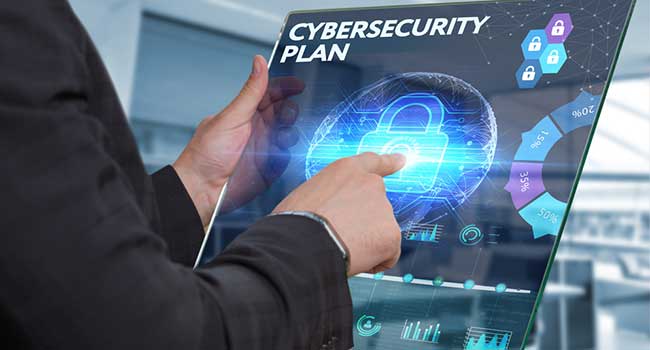
China to Launch Controversial Cybersecurity Law This Week
Companies are asking China to delay the implementation of a new cybersecurity law amid concerns of how the legislation will affect personal information and cloud computing.
China is set to implement their first cybersecurity law on Thursday, June 1 amid growing concerns that the law does not properly secure personal information or cloud computing.
Passed last November, the law is largely aimed at protecting China’s networks and private users’ information at a time when the WannaCry ransomware attack showed that any country can fall victim to cyber threats.
Companies have pleaded with the government to delay the legislation as it is unclear how it will affect personal information and cloud computing. The Chinese government is still scrambling to finalize the rules of the law.
Two weeks ago, Zhao Zeliang, director of the cybersecurity bureau, gathered nearly 200 representatives from foreign and domestic companies and industry organizations at the new headquarters of the Cybersecurity Administration of China in Beijing to discuss the draft of the rules for transferring personal data overseas.
New drafts of the law that surfaces after the talks removed a contentious requirement for companies to store customers’ personal data in China, but concerns remain as the law’s date to launch draws closer.
Many believe the government is ill prepared to enforce the law and it is very unlikely that it will actually launch on the first of the month. Authorities are still issuing new draft documents as the law evolves and some documents won’t even be viewable until July 7, leading some to believe that on June 1, the government will not just be able to switch a light and allow the legislation to be law.